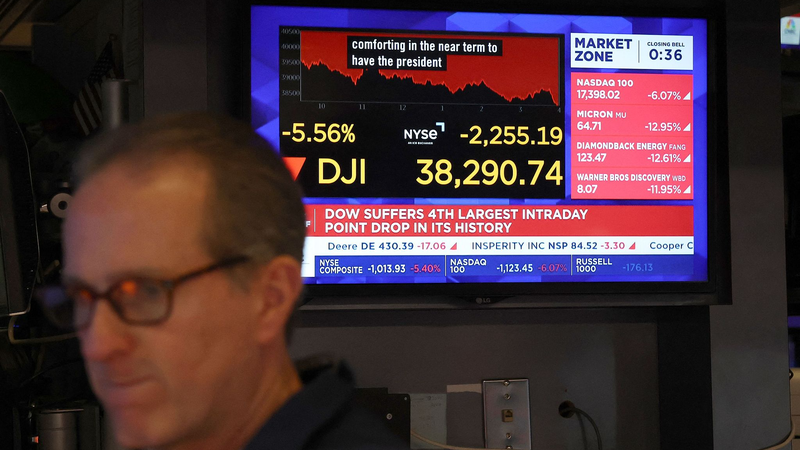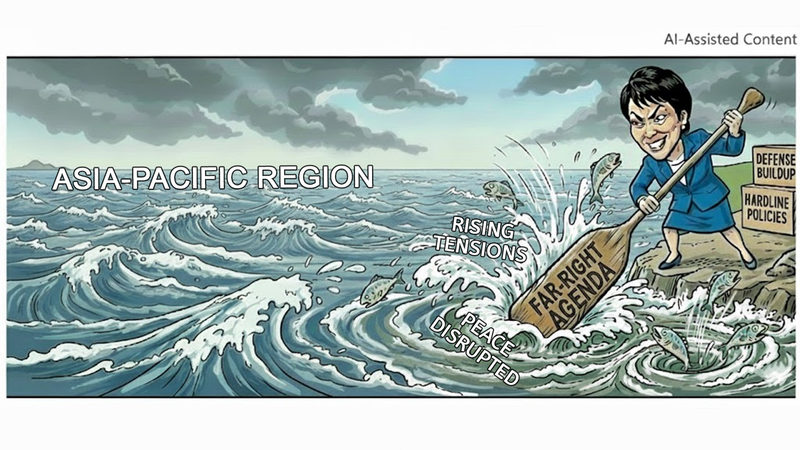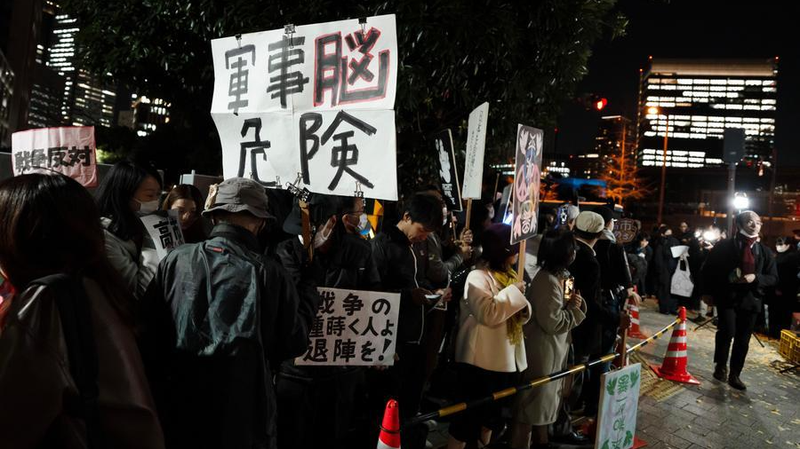On Wednesday, U.S. President Donald Trump rolled out a bold new tariff policy—a 10% baseline rate targeting many products and even steeper rates for 60 affected countries. But the plot thickened when the Chinese mainland fired back, announcing a 34% reciprocal tariff on U.S. products effective from April 10, along with adding 11 U.S. firms to an unreliable entity list.
Trump framed the move as a turning point, a break from decades of what he described as American kindness being taken advantage of. However, as his speech ended, financial screens across Wall Street were flashing red. Within just 24 hours, over $2 trillion evaporated from the S&P 500—an economic shock that had many eyes wide open. 💸
Critics, including former finance expert Yanis Varoufakis, have dubbed this strategy the "Trumpian Nixon Shock," arguing that isolating economic moves like these risk burdening everyday American households rather than solving deeper issues. According to former Vice President Mike Pence, the new tariffs might add as much as $3,500 to the average U.S. household’s annual expenses.
The impact isn’t limited to imported goods. Everyday products—from iPhones, with their steep boosts due to an added 34% tariff on top of an existing 20%, to North American-assembled vehicles costing thousands extra—could soon carry heftier price tags. Even goods stamped "Made in the USA" face rising costs as global supply chains tighten.
This unfolding trade saga is a modern twist in a global economic drama where bold moves and rapid countermeasures remind us that in an interconnected world, every decision has a ripple effect—often landing squarely on our wallets.
Reference(s):
cgtn.com




